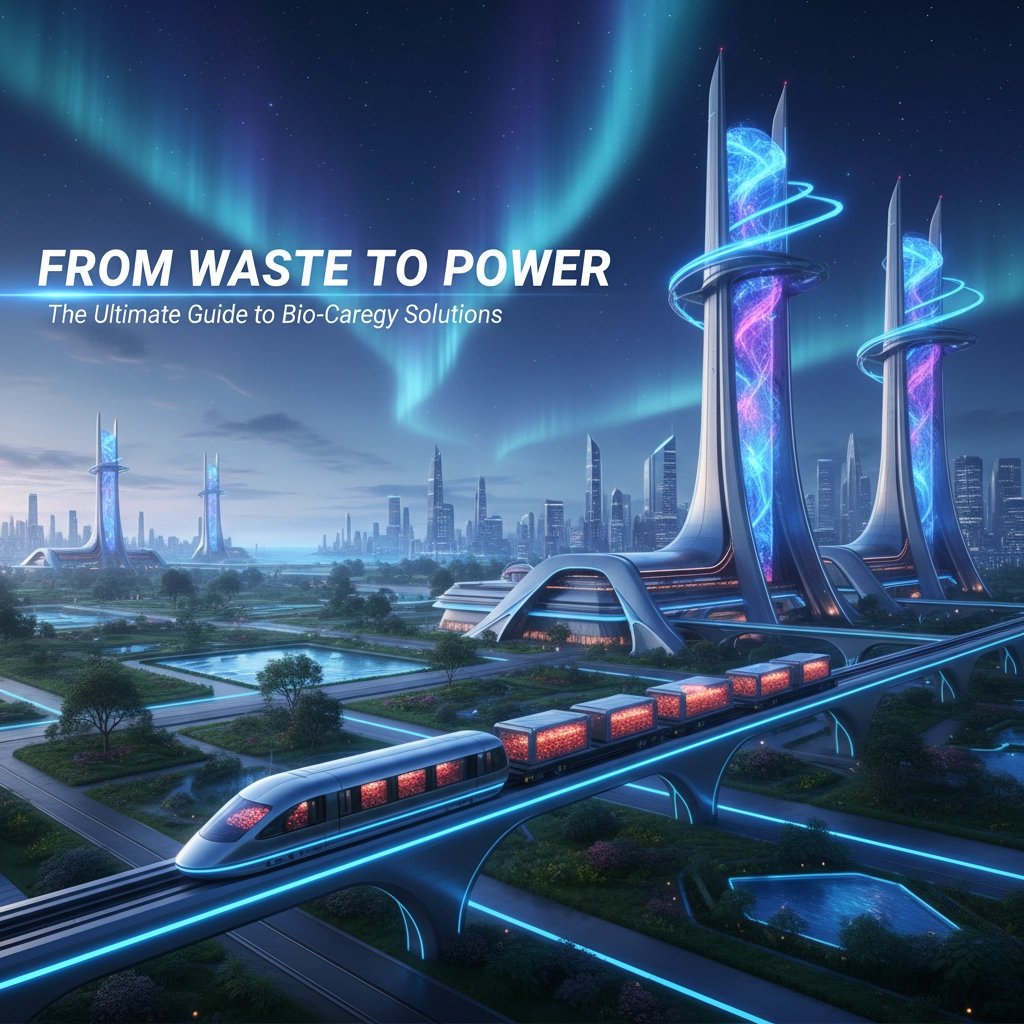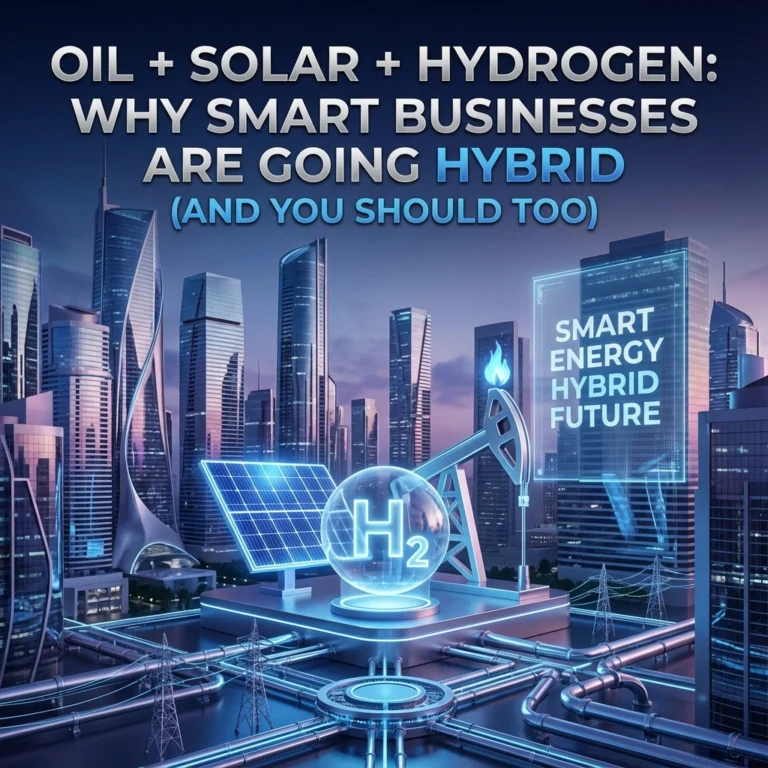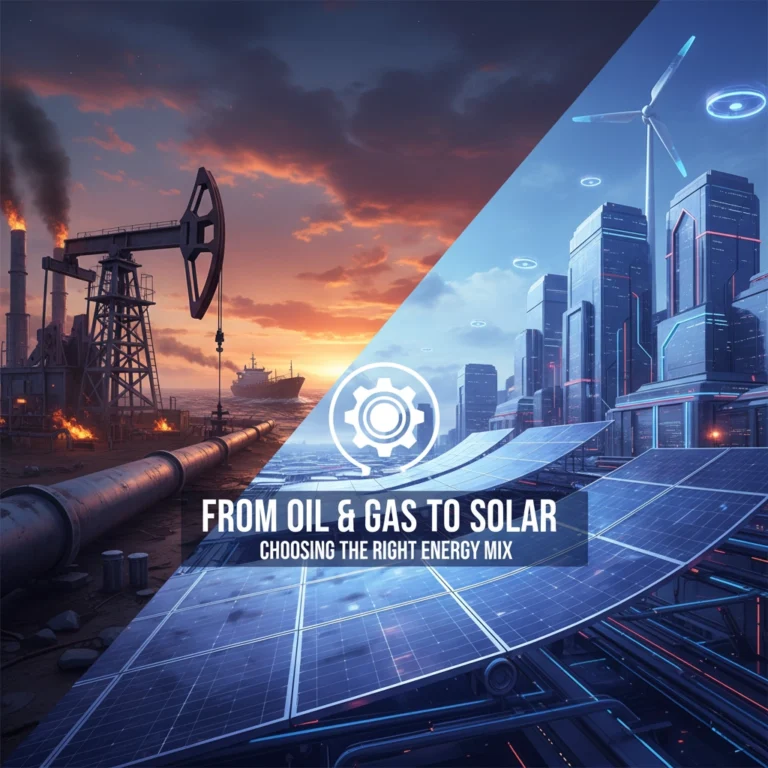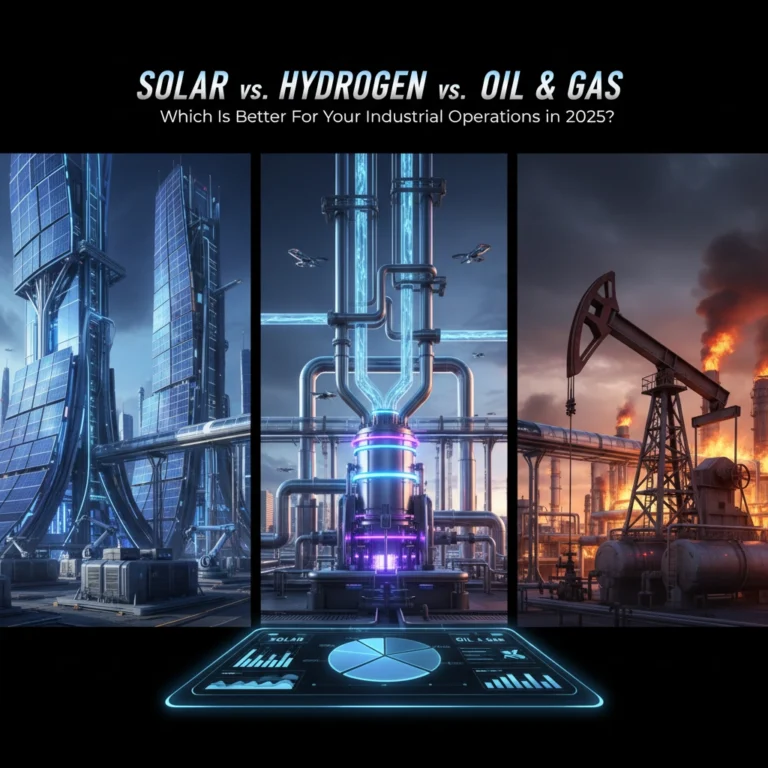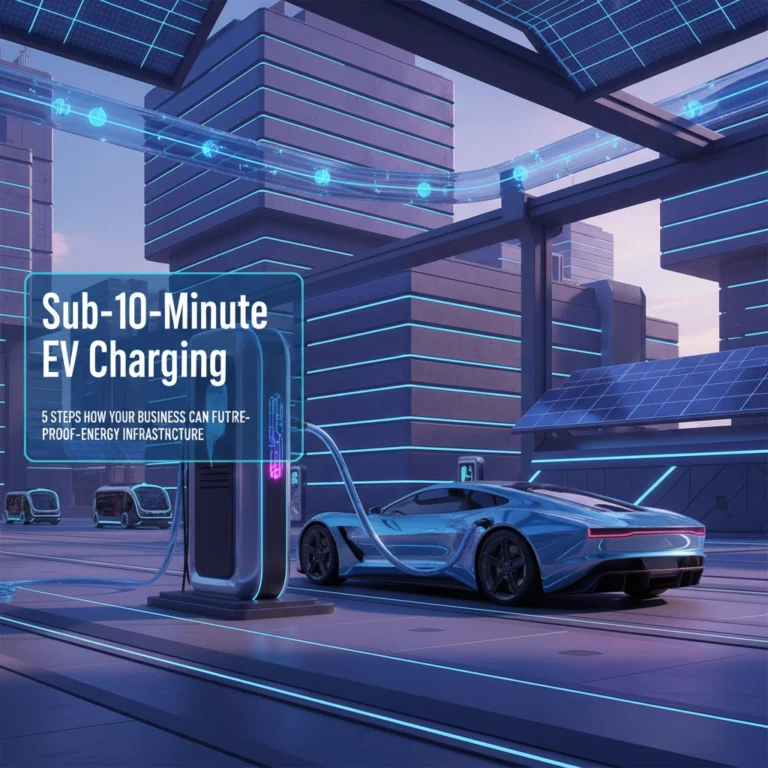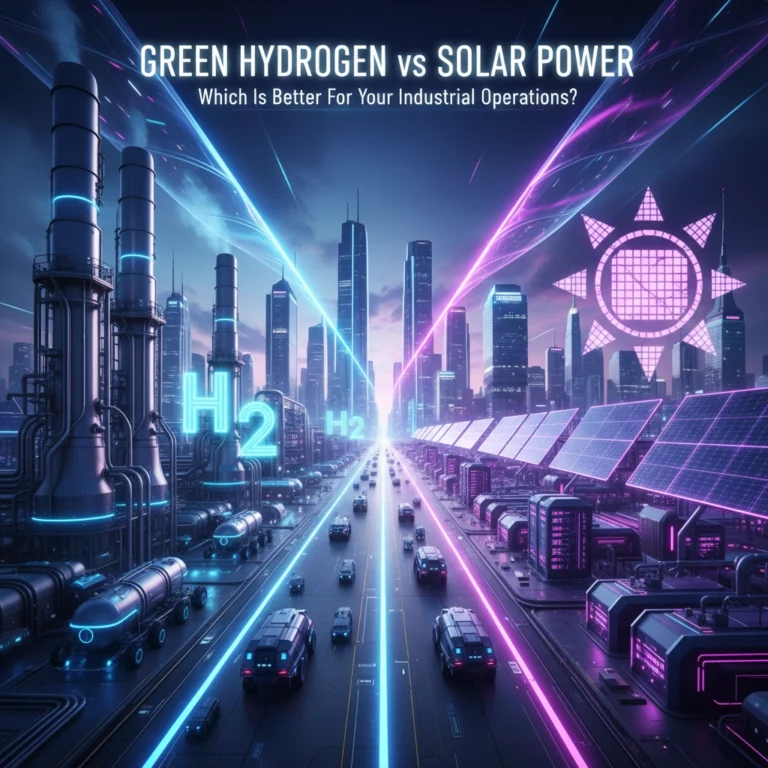From Waste to Power: The Ultimate Guide to Bio-Carbon Energy Solutions
Picture this: your company's waste stream isn't just a cost center anymore, it's actually powering your operations and helping fight climate change at the same time. Sounds too good to be true? Well, bio-carbon energy solutions are making this reality for businesses across the globe.
If you're dealing with mounting waste disposal costs, rising energy bills, and pressure to meet sustainability goals, bio-carbon energy might be the game-changer you've been looking for. Let's dive into how this pioneering technology transforms trash into treasure.
What Exactly Is Bio-Carbon Energy?
Think of bio-carbon energy as nature's ultimate recycling program. Instead of letting organic waste rot in landfills (where it produces harmful methane), we capture that material and convert it into clean, usable energy. We're talking about everything from wood chips and agricultural leftovers to food waste and even sewage.
The beauty of bio-carbon systems is that they work with the carbon cycle, not against it. The CO2 released during the process was recently captured from the atmosphere by plants through photosynthesis: making it fundamentally different from burning fossil fuels that release ancient carbon.
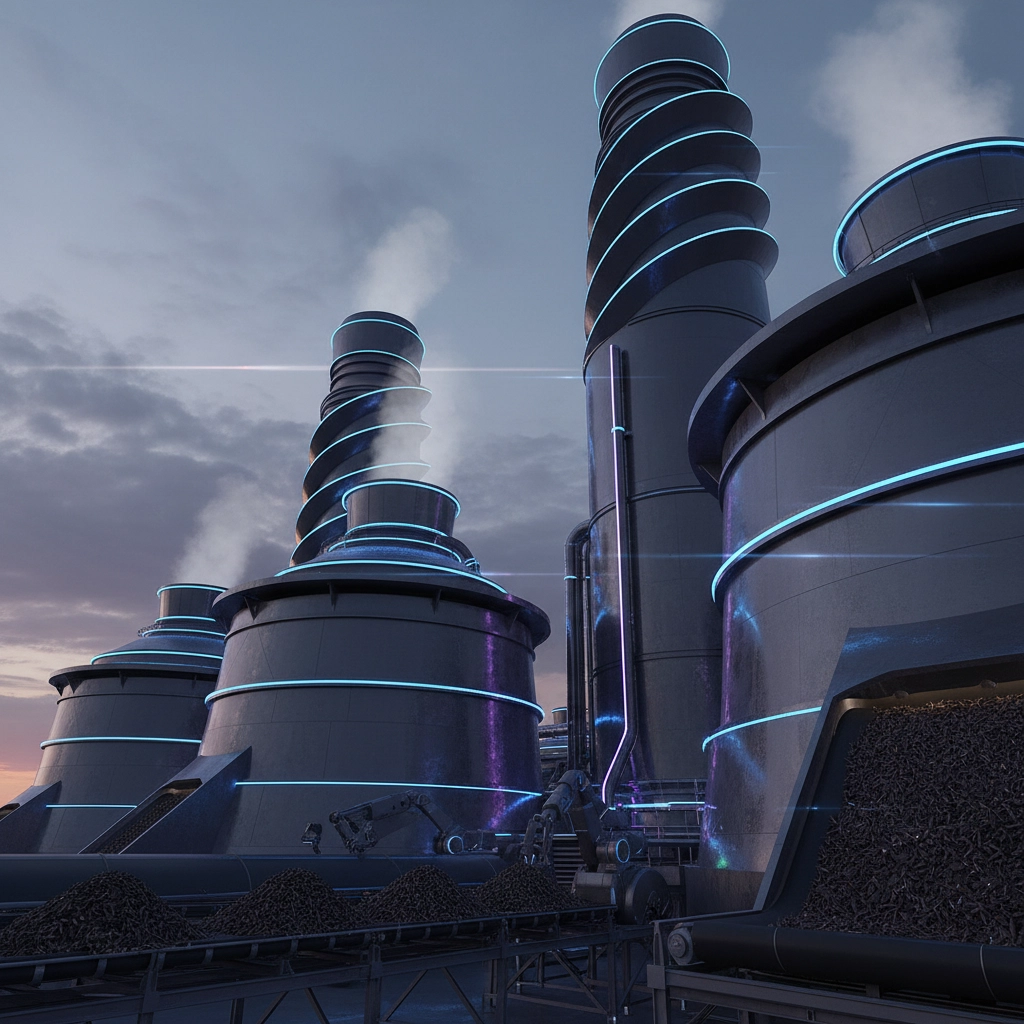
Here's where it gets really exciting: modern bio-carbon facilities can actually remove more CO2 from the atmosphere than they produce. This means your waste isn't just going carbon-neutral: it's going carbon-negative.
How Does Waste Actually Become Power?
There are several ways to transform waste into energy, and the best method depends on what type of waste you're working with:
Direct Combustion: The Straightforward Approach
This is exactly what it sounds like: burning organic materials to create heat, which then generates steam to drive turbines for electricity. Municipal waste-to-energy plants use this method to handle everything from household trash to industrial waste. It's proven, reliable, and can handle mixed waste streams without extensive sorting.
Gasification: Getting More Bang for Your Buck
Gasification takes things up a notch by heating biomass in low-oxygen environments to create "syngas": a clean-burning fuel mixture of carbon monoxide and hydrogen. This process is more efficient than direct combustion and produces cleaner energy that's easier to control and transport.
Anaerobic Digestion: Let Microbes Do the Work
This biological process uses naturally occurring bacteria to break down organic matter in oxygen-free environments, producing biogas that's primarily methane. It's perfect for food waste, agricultural residues, and sewage, basically anything that would normally decompose and release greenhouse gases anyway.
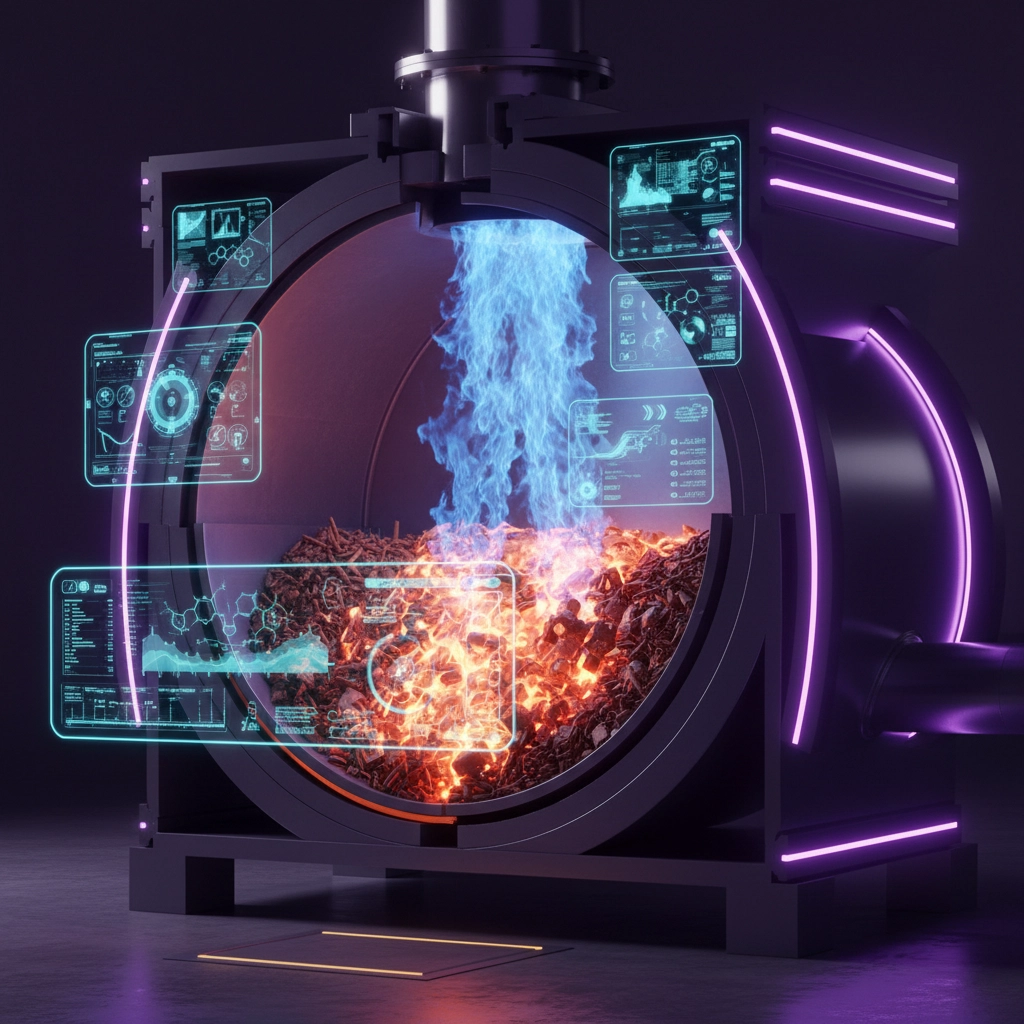
Why Businesses Are Jumping on the Bio-Carbon Bandwagon
The benefits go way beyond just being environmentally friendly (though that's pretty great too):
Cost Savings That Actually Matter: Companies are seeing dramatic reductions in waste disposal fees while generating their own power. One facility can handle both problems at once, turning two expense lines into revenue streams.
Energy Independence: Rising energy costs got you stressed? Bio-carbon systems provide predictable, on-site power generation. You're not at the mercy of utility rate hikes or supply disruptions.
Regulatory Compliance: With stricter environmental regulations rolling out globally, bio-carbon energy helps businesses stay ahead of compliance requirements while building goodwill with regulators and communities.
Resource Recovery: Modern systems recover up to 90% of metals from waste ash, which can be sold back to manufacturers. Even the leftover ash often gets used in construction projects, creating additional revenue streams.
Latest Breakthroughs You Need to Know About
The bio-carbon energy space is moving fast, with some seriously impressive innovations hitting the market:
EnerChar Technology
This cutting-edge method combines biocarbon production with heat generation and CO2 storage all in one system. Instead of choosing between energy production or carbon management, you get both. The technology has moved from research labs into market-ready applications, making it accessible for businesses ready to make the jump.
BECCS (Bioenergy with Carbon Capture and Storage)
This is where bio-carbon energy gets really futuristic. BECCS systems not only generate clean energy but actively pull CO2 out of the atmosphere and store it permanently underground. We're talking about technology that could remove up to 22 gigatonnes of CO2 annually when deployed at scale.
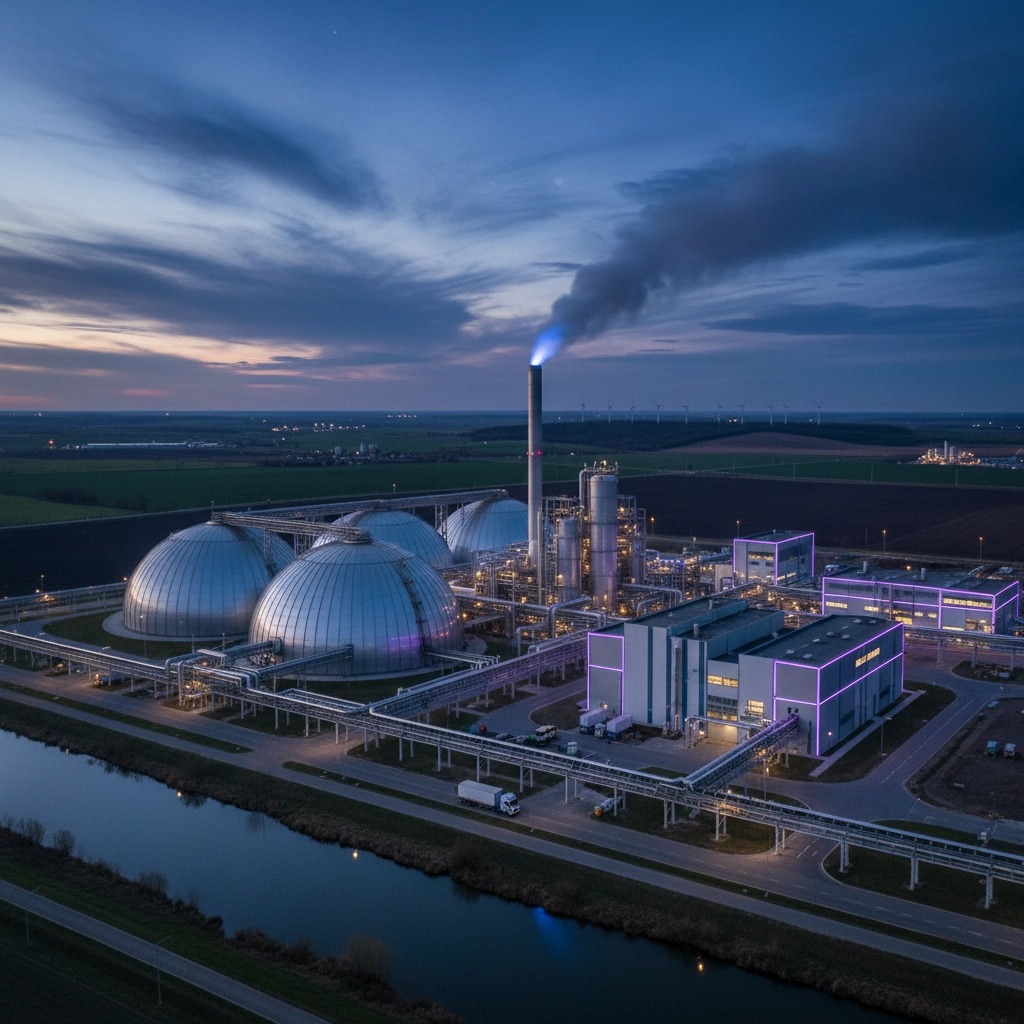
Bio-Carbon Utilization
Instead of just storing captured CO2, newer systems convert it into useful products like fuels, chemicals, and building materials. This creates additional revenue streams while keeping carbon out of the atmosphere.
Real-World Applications Making a Difference
Let's get practical. Here's how different industries are already putting bio-carbon energy to work:
Agriculture: Farms are turning crop residues and animal waste into biogas for on-site power generation. The digestate that remains makes excellent fertilizer, closing the loop on farm waste management.
Food Processing: Facilities are converting food scraps and processing waste into energy while reducing disposal costs. Some operations have become energy self-sufficient by processing waste from neighboring businesses too.
Forestry: Sawmills and lumber operations use wood chips and sawdust to power their facilities, often generating excess electricity they can sell back to the grid.
Municipal Operations: Cities are building waste-to-energy plants that handle residential and commercial waste while providing power for municipal operations and district heating systems.
Getting Started: Your Next Steps
Ready to explore bio-carbon energy for your operation? Here's how to approach it:
Assess Your Waste Streams: Take inventory of what organic waste your business generates. The volume, consistency, and composition will determine which bio-carbon technology makes the most sense.
Calculate the Numbers: Factor in current waste disposal costs, energy expenses, and potential revenue from energy generation and byproduct sales. Many businesses are surprised by how quickly these systems pay for themselves.
Consider Scale and Partnerships: Smaller operations might benefit from partnering with neighboring businesses to create enough volume for efficient bio-carbon systems. Larger companies might look at on-site solutions or investing in community-scale facilities.
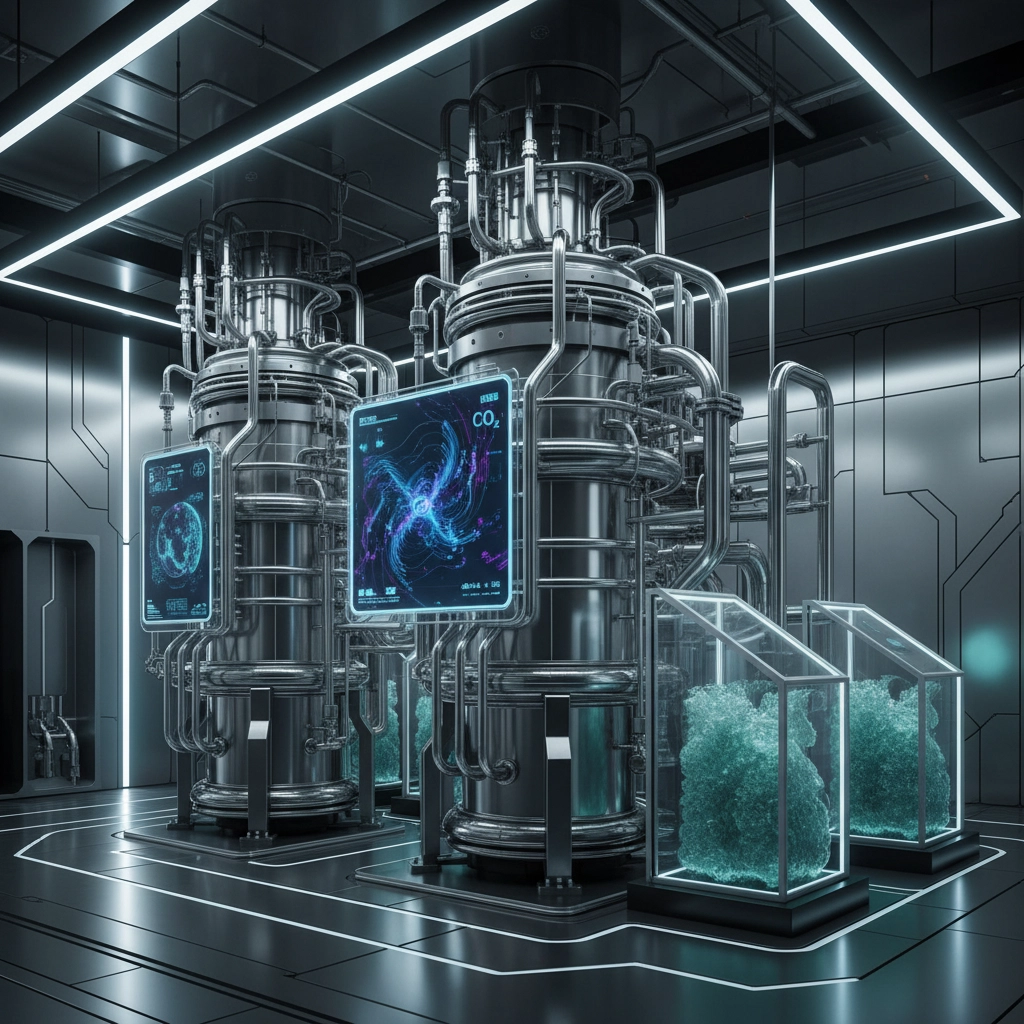
Explore Incentives: Government programs, tax credits, and carbon offset markets can significantly improve project economics. These incentives are expanding as more jurisdictions prioritize renewable energy and waste reduction.
The Bottom Line
Bio-carbon energy isn't just some far-off technology: it's happening right now, transforming how forward-thinking businesses handle waste and energy. While fossil fuel costs keep climbing and waste disposal gets more expensive, bio-carbon systems are getting cheaper and more efficient.
The companies getting involved now aren't just solving today's problems: they're positioning themselves for a future where waste is a valuable resource and energy independence is a competitive advantage.
Whether you're dealing with tons of organic waste, looking to reduce energy costs, or trying to hit aggressive sustainability targets, bio-carbon energy solutions deserve a serious look. The technology is ready, the economics are improving, and the environmental benefits are proven.
The question isn't whether bio-carbon energy will become mainstream: it's whether your business will be an early adopter or play catch-up later. For more information about implementing sustainable energy solutions for your business, contact our team to explore what's possible.

